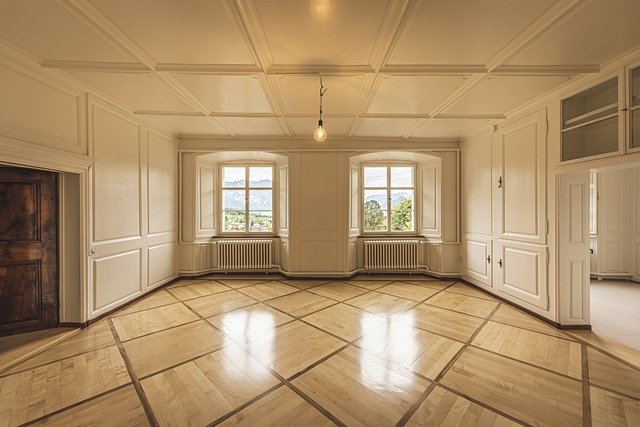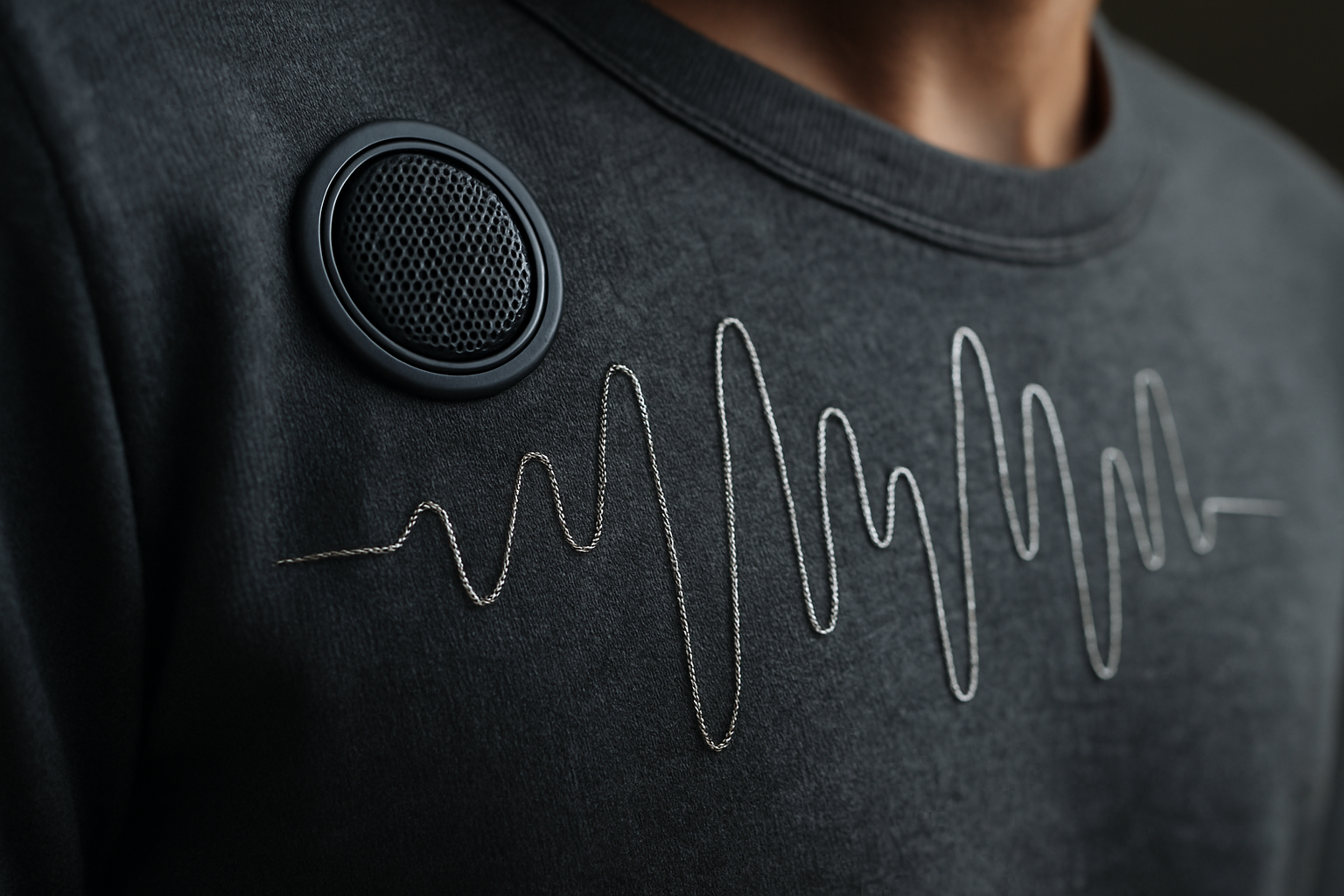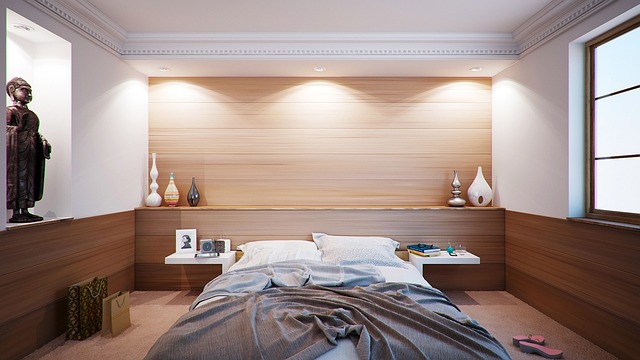Neuroarchitecture: Designing Spaces for Mental Well-being
The intersection of neuroscience and architecture is revolutionizing how we approach the design of our living and working spaces. But how exactly can the layout of a room impact our mental health? Is it possible that the key to reducing stress and enhancing cognitive function lies in the very walls that surround us?

The Science Behind Neuroarchitecture
Neuroarchitecture is rooted in the concept of neuroplasticity—the brain’s ability to reorganize itself by forming new neural connections throughout life. Research has shown that our surroundings can significantly impact these neural pathways, influencing everything from our mood and productivity to our stress levels and cognitive abilities.
Studies using advanced neuroimaging techniques have revealed that different architectural elements can activate specific brain regions. For instance, rooms with high ceilings have been found to stimulate creative thinking and abstract reasoning, while spaces with lower ceilings tend to promote focused, detail-oriented tasks.
Key Elements of Neuroarchitectural Design
Natural Light and Circadian Rhythms
One of the most crucial aspects of neuroarchitecture is the incorporation of natural light. Exposure to daylight helps regulate our circadian rhythms, which in turn affects our sleep patterns, hormone production, and overall well-being. Designers are now prioritizing large windows, skylights, and light wells to maximize natural light penetration, especially in workspaces and educational environments.
Biophilic Design
Biophilia, our innate connection to nature, plays a significant role in neuroarchitectural design. Integrating natural elements like plants, water features, and organic materials has been shown to reduce stress, improve cognitive function, and enhance overall well-being. Even simple additions like indoor plants or nature-inspired artwork can have a positive impact on mental health.
Acoustic Considerations
The auditory environment is another critical factor in neuroarchitecture. Excessive noise can lead to stress, decreased productivity, and cognitive fatigue. Designers are implementing sound-absorbing materials, strategic layout planning, and white noise systems to create acoustically balanced spaces that promote focus and relaxation.
Color Psychology
The colors used in a space can significantly affect our mood and cognitive performance. Neuroarchitects carefully consider color palettes based on the intended function of a space. For example, blue tones are often used in areas meant for focus and productivity, while warmer hues like orange and yellow can stimulate creativity and social interaction.
Applications in Various Settings
Healthcare Facilities
Neuroarchitecture has found significant applications in healthcare design. Hospitals and clinics are being redesigned to incorporate elements that reduce patient stress and promote healing. Features like gardens, natural lighting, and soothing color schemes have been shown to improve patient outcomes and reduce recovery times.
Educational Institutions
Schools and universities are embracing neuroarchitectural principles to create environments that enhance learning and cognitive development. Flexible learning spaces, abundant natural light, and biophilic elements are being integrated to improve student concentration, creativity, and overall well-being.
Workplace Design
The corporate world is also recognizing the benefits of neuroarchitecture. Companies are redesigning offices to boost employee productivity, creativity, and job satisfaction. This includes creating diverse work environments that cater to different tasks and cognitive states, from quiet focus areas to collaborative spaces that encourage social interaction.
Residential Spaces
Even in our homes, neuroarchitectural principles can be applied to create environments that promote relaxation, improve sleep quality, and enhance overall mental health. This might involve optimizing natural light exposure, incorporating nature-inspired elements, and creating spaces that support both social interaction and personal reflection.
Neuroarchitectural Insights for Everyday Spaces
-
Maximize natural light exposure by keeping windows unobstructed and using light-reflecting surfaces
-
Incorporate plants or nature-inspired artwork to reduce stress and improve air quality
-
Use a variety of textures to create a multi-sensory environment that engages the brain
-
Design spaces with varying ceiling heights to accommodate different cognitive tasks
-
Implement soundproofing techniques to create quiet zones for focus and relaxation
-
Choose color schemes that align with the intended function of each room or area
As we continue to unravel the complex relationship between our brains and our built environment, neuroarchitecture stands at the forefront of a new era in design. By creating spaces that actively support our mental and emotional well-being, we have the opportunity to transform not just our buildings, but our very experience of the world around us. The future of architecture lies not just in what we see, but in how our surroundings make us feel, think, and thrive.





